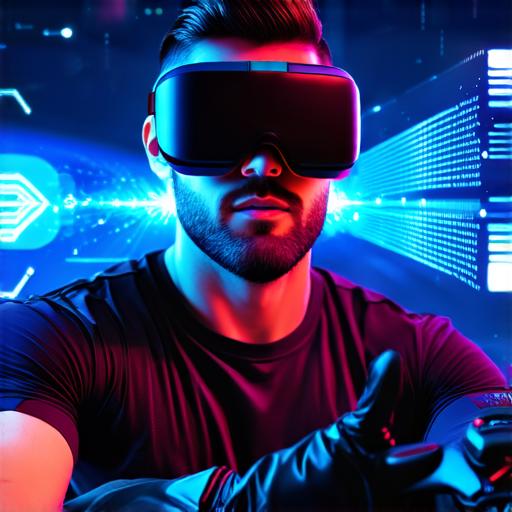
How does virtual reality provide assistance?
Virtual reality (VR) technology has been evolving rapidly in recent years, and its potential applications are vast and varied. From gaming to healthcare, VR is already providing assistance and improving the lives of people in numerous ways.
Virtual Reality for Training and Simulation
One of the most well-established applications of VR is in training and simulation. For example, pilots can use VR simulations to practice flying and improve their skills, without the risk of crashing an actual plane. Similarly, medical students can use VR simulations to practice surgeries and other procedures, allowing them to gain valuable experience and confidence before performing these operations on real patients.
One of the biggest advantages of using VR for training is that it allows people to practice in a safe and controlled environment. This means that they can make mistakes and learn from them without any real-world consequences. Additionally, VR simulations can be customized to suit the needs of individual learners, allowing them to focus on specific areas where they need improvement.
Virtual Reality for Therapy and Rehabilitation
Another area where virtual reality provides assistance is in therapy and rehabilitation. For example, VR can be used to treat phobias, anxiety disorders, and post-traumatic stress disorder (PTSD). In these cases, patients can use VR simulations to confront their fears and anxieties in a controlled environment, allowing them to gradually overcome these conditions.
Similarly, VR can be used for physical rehabilitation, helping patients recover from injuries or illnesses. For example, stroke victims can use VR simulations to practice walking and other activities, allowing them to regain their mobility and independence.
Virtual Reality for Education and Learning
Virtual reality can also provide assistance in education and learning. For example, students can use VR simulations to explore historical events or scientific concepts in a more immersive and interactive way. This can help make learning more engaging and memorable, leading to better retention and understanding of the material.
Additionally, VR can be used to create virtual field trips and other educational experiences that are not possible in real life. For example, students can take a virtual trip to a museum or historical site that is located far away from their home.
Virtual Reality for Entertainment and Gaming
Of course, virtual reality technology was initially developed for entertainment purposes, and it remains one of the most popular uses of VR. From video games to interactive movies, VR can provide an immersive and engaging experience that is difficult to replicate in other media.
One of the biggest advantages of using VR for entertainment is that it allows people to fully immerse themselves in a virtual world. This can create a sense of presence and realism that is not possible with traditional media, leading to a more enjoyable and memorable experience.
Virtual Reality for Remote Collaboration and Communication

Virtual reality can also be used for remote collaboration and communication. For example, businesses can use VR simulations to hold virtual meetings and conferences, allowing people from different parts of the world to interact in a more engaging and interactive way.
Similarly, VR can be used for remote training and support, allowing technicians to provide assistance to customers in real-time without having to physically visit their location. This can save time and money while improving customer satisfaction.


